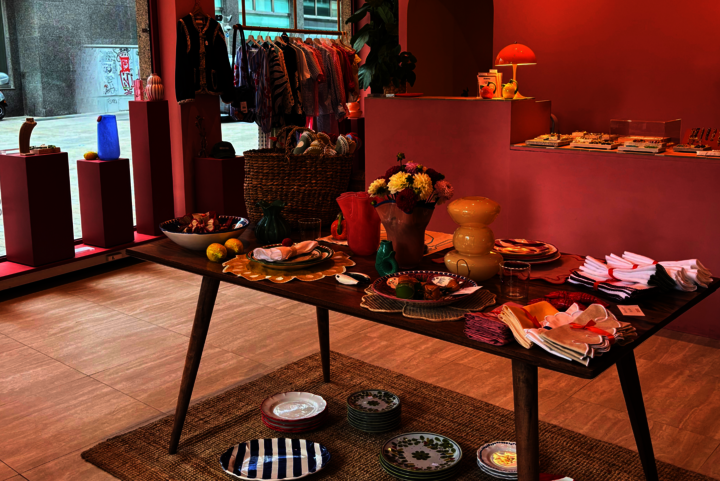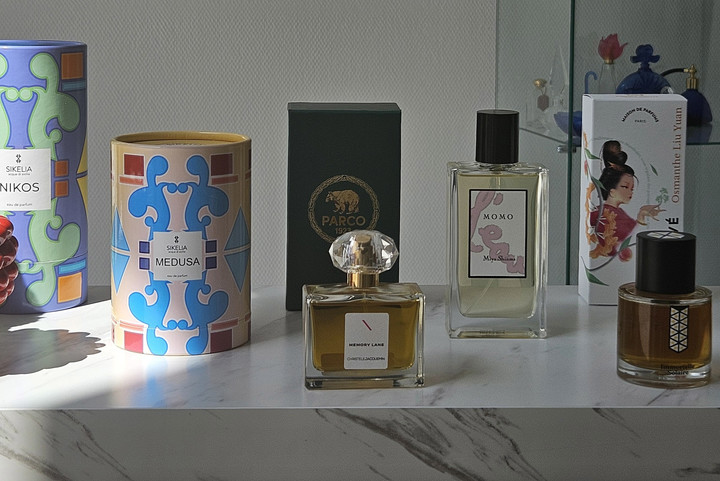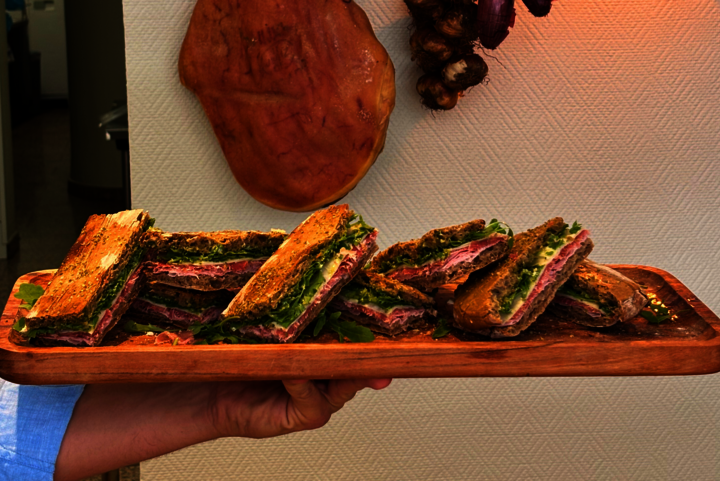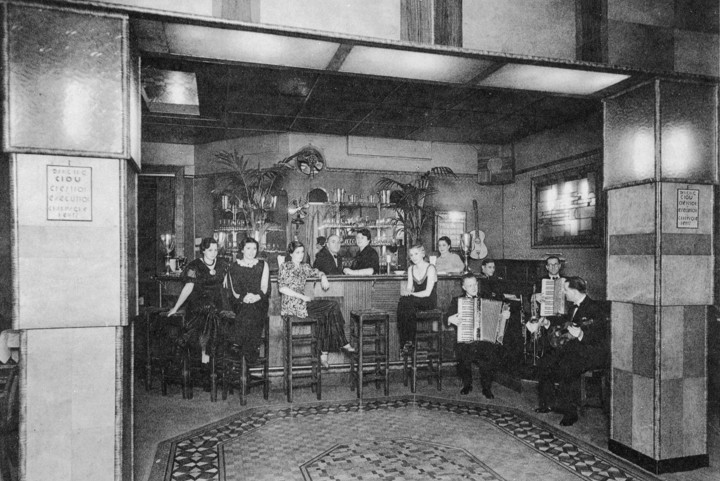(Re)discover our city - Le Grand Café
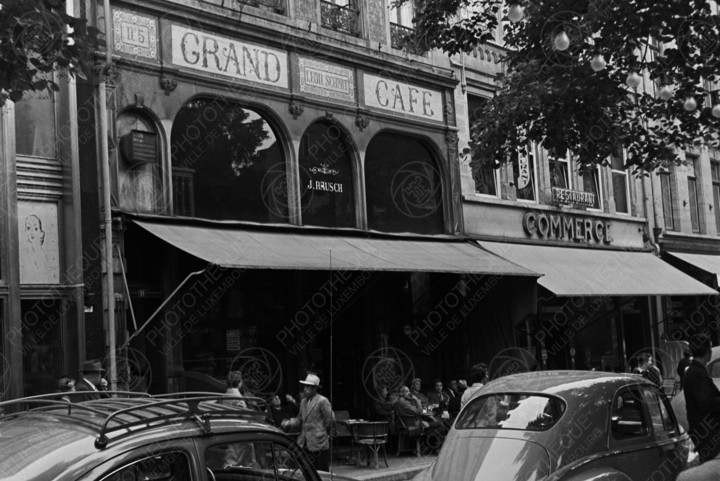
(RE)découvrons notre ville - Le Grand Café
Think you know our capital well? Well, let's see about that! Some of the buildings that you walk past on a regular basis have a special story behind them. Dr Robert L. Philippart is a true expert on the subject and will guide you through the city to uncover these hidden stories, making you look at some of our symbolic buildings in a new way.
Ville Haute – Le Grand Café
The "Grand Café" at Place d'Armes is not only one of the city's oldest establishments, but also one of its most prestigious.
Jean Winandy opened the "Grand Café" on 16 December 1847. It was originally located on Rue du Marché-aux-Herbes, opposite the current Grand Ducal Palace. After the city's fortifications were removed in 1867, the "Grand Café" relocated to Place d'Armes, which, with the garrison's withdrawal, became the "Parlour of the City". In June 1868, the satirical magazine d'Wäschfra stated that the "Grand Café" was the meeting place for the "angesoffene Elegants". This small and beautiful setting contained four large mirrors, several clocks and marble-topped tables. The terrace looking onto the bandstand was surrounded by nine oleanders. The "Grand Café" was "iUnstreitig das stilvollste und sehenswerteste Etablissement der Hauptstadt". (Das Luxemburger Land in Wort und Bild 18/08/1895, a Luxembourg illustrated daily newspaper). The architect Charles Mullendorf (1861–1895) was asked to create this exceptional space. He had proved his worth by modernising the old Hôtel de Cologne and building hotelier J.P. Brewer's villa.
The young architect seems to have been inspired by the masterful work of Edouard Jean Niermans, who had designed the decor of Parisian brasseries, when creating the "Grand Café".
The "Grand Café" façade boasted large historically styled windows. They were decorated with Art Nouveau ceramics, which bore the name of the owner "Léon Schmit". The interior had a mezzanine and the panelling alternated with mirrors. The stucco panels were finely decorated with paintings of twigs and birds. A colourful stained-glass window featuring a bucolic scene brought in light through the rear façade and the furniture was beautifully crafted from fine materials.
The well-educated international clientele read "(…) Ausser sämtlichen inländischen Zeitungen liegen über 30 der hervorragendsten Tagesblätter und Illustrierte Zeitschriften des Auslandes auf". (Das Luxemburger Land in Wort und Bild, 18/08/1895). According to the national press, the establishment was frequented by both members of the government and their advisers. On 27 March 1897, the "Grand Café" provided the setting for the foundation of l'Association des Ingénieurs Luxembourgeois (the Association of Luxembourgish Engineers). Adolphe, Grand Duke of Luxembourg, also frequented the café "wo die Spiesser Ihre Karten droschen". In the 1930s, public sales of prestigious buildings in the capital took place in the "Grand Café". In 1945, the Luxembourg newspaper the Obermosel-Zeitung confirmed that the "Grand Café" hosted a clientele of public figures and "descendants of old bourgeois families".
In 1915, the "Grand Café" was renovated and leased to the Biergrosshandlung und Eisfabrik, Gebrüder Zander (Beer wholesale and ice factory, Brothers Zander) of Luxembourg. In 1957, the architect Pierre Gilbert, who would become the architect of the Bâloise, was commissioned to renovate the premises and give them a more modern look.
Extensive work was undertaken in the early 1970s, when the "Grand Café" became the "Restaurant Académie". The façade's ceramics were partially preserved and kept in the Luxembourg City History Museum. In 1975, Gault and Millau awarded the "Académie" 12 points for its fine cuisine. Until September 2014, residents of Luxembourg and tourists loved the fabulous "fondue bourguignonne" (beef fondue) that the establishment served.
In 2017, the Tetra Kayser Associés architectural firm, in collaboration with the Luxembourg City History Museum and the capital city's architectural department, recreated the large windows designed by Charles Mullendorf, but did not reconstruct the interior or the arabesque decor of the façade's panels
© Photothèque de la Ville de Luxembourg - Batty Fischer 1957

Inscrivez-vous
à la newsletter.
Inscrivez-vous et recevez tous les mois l’actualité shopping de la ville directement par email ! Bon plans, événements phares, nouveaux commerces, ne manquez rien de l’actualité commerçante.
Cityshopping news

